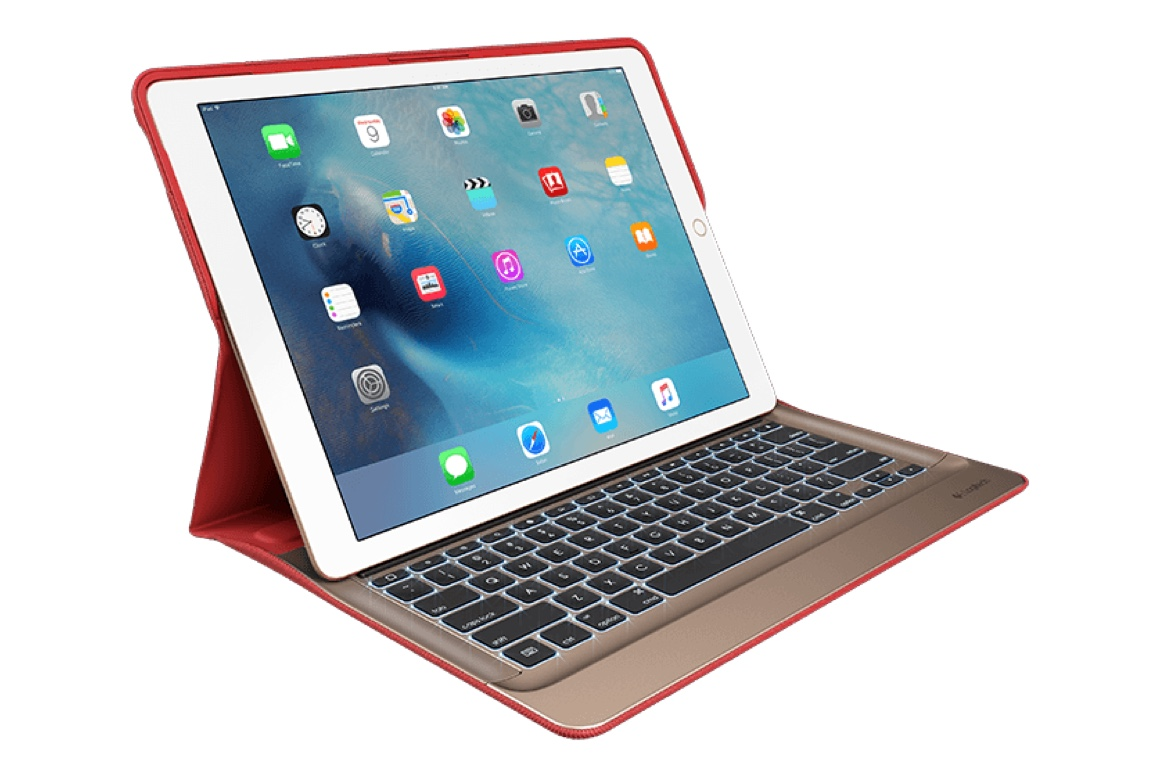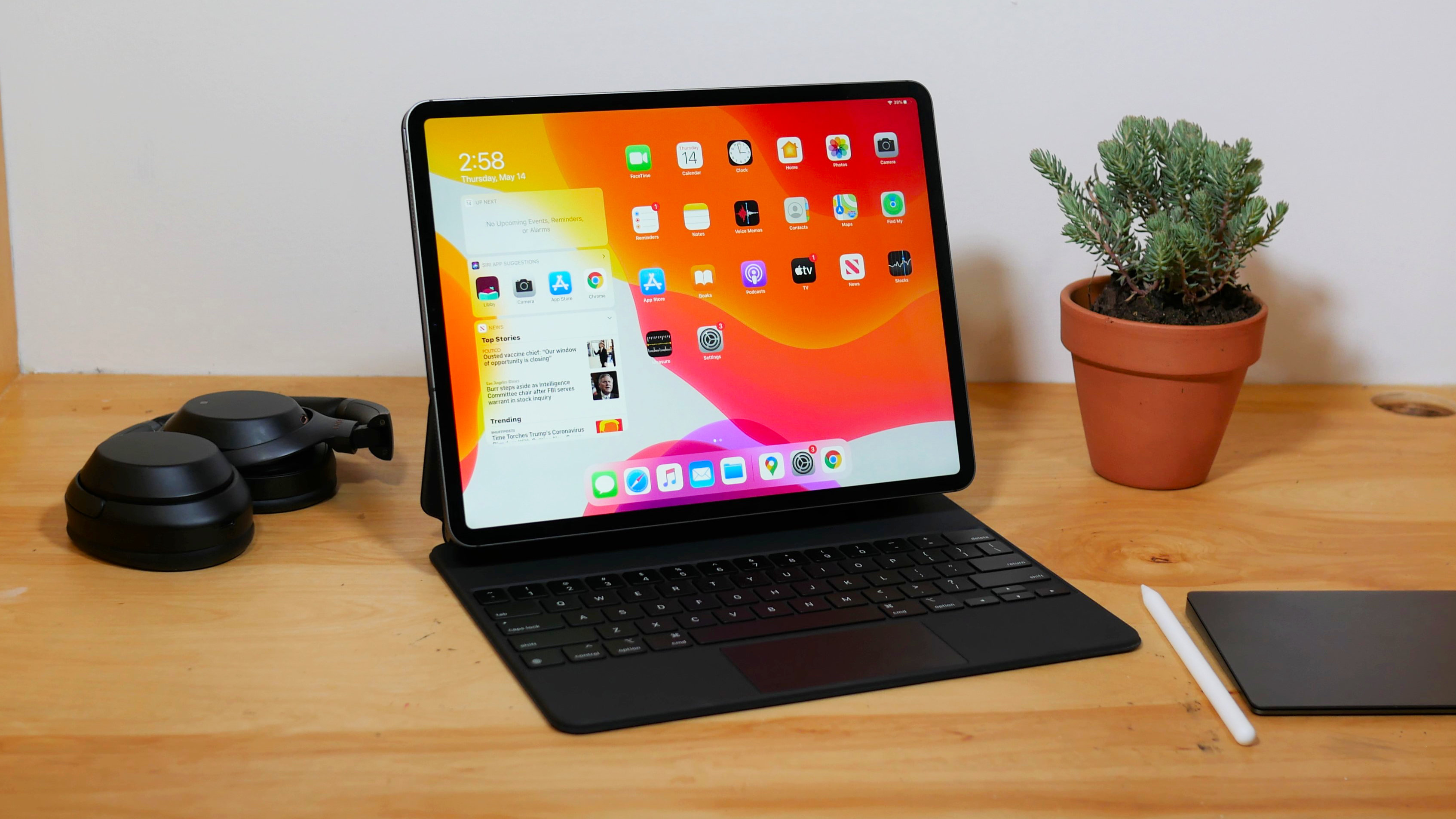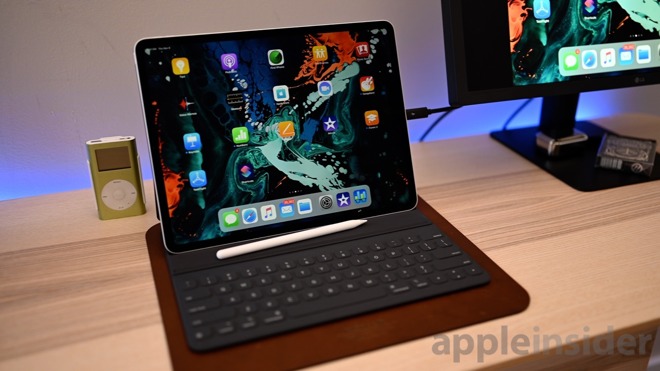

Etched on the back cover, near where it says "Designed by Apple in California," should be a model number starting with the letter A.
What are the best keyboards for ipad pros pro#
Do you have the iPad Pro from 2017 with the 10.5-inch screen? Or the 9.7-inch one from 2016? It doesn't help that Apple avoids the sequential naming structure it uses for the iPhone. Apple Magic Keyboard for iPad Pro 12.9-inch (5th, 4th and 3rd Generation) - US English - Black Price: $349.There are so many iPads out there, it can be hard to identify the exact model you own. Yes, but only if you want or need the best typing and trackpad experience out there, and are willing to pay for it. It comes at $150 for the 11-inch iPad Pro model, or $170 for the 12.9-inch model. The keys and trackpad aren’t quite as top-tier, but they still feel great. The Brydge Pro still has a trackpad, and has a row of function keys at the top. The Brydge Pro essentially gives your iPad a MacBook-like design. There are some great third-party options too, chief among those being the Brydge Pro. This is a great option for those who don’t need a trackpad or who plan on using a separate mouse. Some of the competition comes from Apple itself, with the Smart Keyboard Folio. Not everyone needs or cares about the features on offer by the Magic Keyboard. But it’s only really worth it if you’re looking to get as much productivity out of your iPad as possible. If you have cash to spare, you’ll love the experience of using the Magic Keyboard. The smaller model costs a massive $300, while the larger device is extra, at $350. The Magic Keyboard is easily the best keyboard accessory for the iPad Air and iPad Pro, at least if you’re looking for a laptop-like experience.

But in a backpack, you might not notice a difference. It doesn’t really feel heavy, thanks to its size. Go for the larger 12.9-inch model instead, and you have a combined weight of 3.11 pounds, which is heavier than a MacBook Air.

With the actual iPad you’ll get a combined weight of 2.34 pounds. The smaller model, which supports the 11-inch iPad Pro and the 10.9-inch iPad Air, comes in at 1.3 pounds. It’s also important to note that the Magic Keyboard is quite heavy. But it would allow users to easily control volume and media, and even software, without having to reach up to touch the iPad’s display. Now, I have to cut Apple some slack here, especially on the smaller model - adding function keys might make the experience much more cramped. One thing that the Magic Keyboard is missing is a row of function keys. Frankly, the actual keys on the Magic Keyboard don’t feel all that different than those on a MacBook. These days, the company has returned to thicker keys that type well. Apple seems to have learned a lot about keyboards in the past few years - gone are the days when Apple aimed to build keyboards as thin as possible. The keys, for starters, offer plenty of travel and a nice, tactile feel. We’re reviewing both the smaller and larger size Magic Keyboards, and while the smaller size is certainly a bit more cramped than the larger one, it still feels great. Magic Keyboard in-useĪctually using the Magic Keyboard is a dream, especially compared to other iPad accessories. That’s good news - some keyboards attach to a device with a flimsy piece of fabric or plastic, and it seriously limits where you can use the device. The whole keyboard is rigid, which essentially means that you can use the device on your lap, in bed, and anywhere else you would normally use a laptop. Instead, it draws power for the backlit keys from the iPad itself. That means that you don’t have to charge the Magic Keyboard to keep it powered up. The power transfer goes the other way too.

An extra port for other accessories would have been nice. The only downside is that the keyboard’s port can’t be used for data transfer - just power transfer. And, at the base of the iPad, on the left side, there’s a USB-C port that makes it incredibly easy to charge your iPad without taking up the iPad’s own port. The genius of the Magic Keyboard’s design extends further than just…”magnets!” The iPad also attaches to the Magic Keyboard through the Smart Connector pins, and that means that power can be transferred from the case to the iPad. And, thanks to the floating design it’s very easy to grab the iPad from the bottom and take it off. It never felt like the device would fall off of the keyboard. The iPad very easily aligns with the Magic Keyboard and attaches firmly in place. It all works very well, and as you would expect from Apple, it works through magnets. Image source: Christian de Looper for BGR


 0 kommentar(er)
0 kommentar(er)
